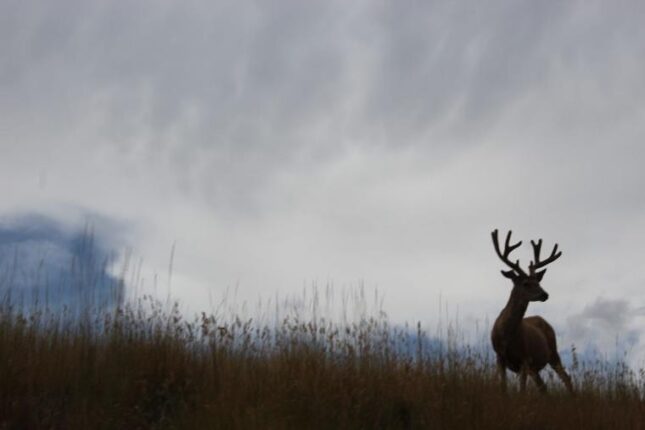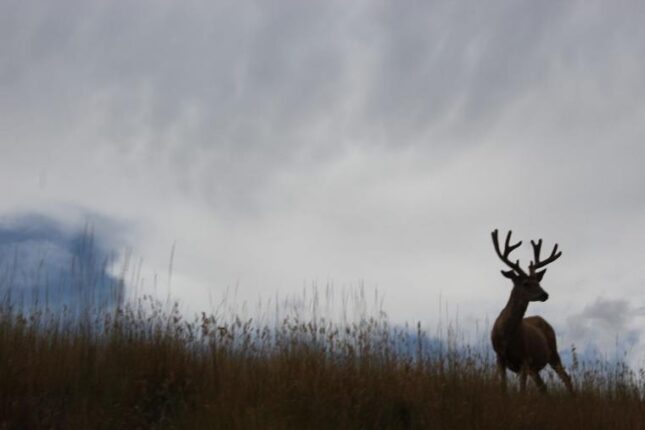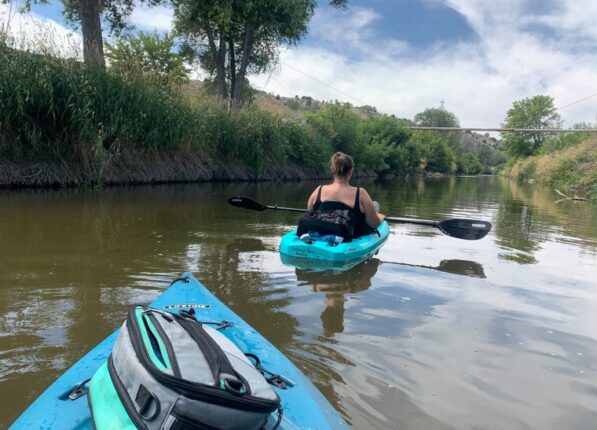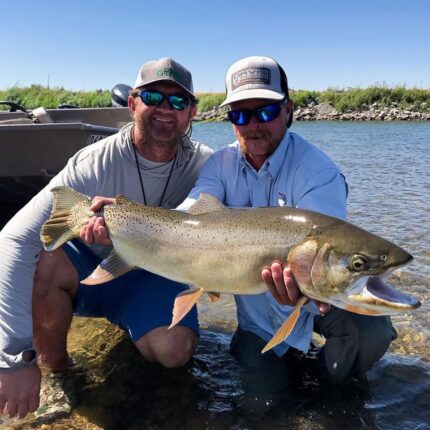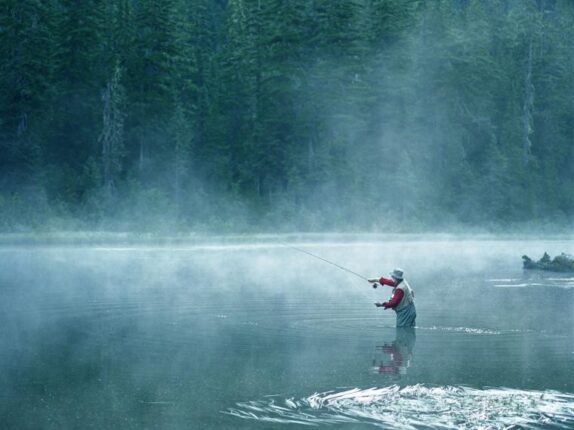With the expectation of cooler temperatures in the coming weeks, fishing in East Idaho promises to heat up, and Idaho Fish and Game plans to help by stocking thousands of trout in local waters.
Local ponds and Gem Lake are scheduled to get 7,000 catchable-size rainbow trout.
“These ponds are all close to town, making them an easy after school getaway or quick weekend outing,” said James Brower of Fish and Game’s Upper Snake region. “The cooler weather and shorter days should make for some great fishing fun for the entire family.”
Here is the schedule:
• Gem Lake, 3,000, Sept. 14-18
• Trail Creek Pond, 800, Sept. 14-18
• Rexburg City Ponds, 1,200, Sept. 21-25
• Becker Pond, 1,000, Sept. 21-25
• Ryder Park Riverside Pond, 1,000, Sept. 21-25
In the Salmon area, Fish and Game plans to stock 4,500 10- to 12-inch rainbow trout next month in five different waters. Here is the rundown:
• Blue Mountain Meadow Pond, 300, Sept. 7-11
• Hayden Creek Pond, 1,500, Sept. 7-11
• Hyde Creek Pond, 600, Sept 7-11
• Kids Creek Pond, 600, Sept. 7-11
• Mosquito Flat Reservoir, 1,500, Sept. 14-18
Several thousand fish are planned to be stocked in Southeast Idaho locations next month.
Some of the highlights include:
• The Snake River near Blackfoot, Firth and Shelley, 2,000, Sept. 7-11
• Crystal Springs Pond, 750, Sept. 14-18
• Edson Fichter Pond, 750, Sept. 14-18
• Bear River (three locations), 1,750, Sept. 14-18
• Crowthers Reservoir, 1,100, Sept. 14-18
• Deep Creek Reservoir, 1,000, Sept. 14-18
• Devil Creek Reservoir, 5,150, Sept. 14-18
• Bannock Reservoir (at Portneuf Wellness Complex Pond), 1,000, Sept. 28- Oct. 2
• Montpelier Reservoir, 900, Sept. 28-Oct. 2
• Blackfoot Reservoir, 3,000, Sept. 28-Oct. 2
Fish and Game said stocking dates may fluctuate depending on the weather or staffing situations. For more information on specific waters, consult Fish and Game’s online Fish Planner.

